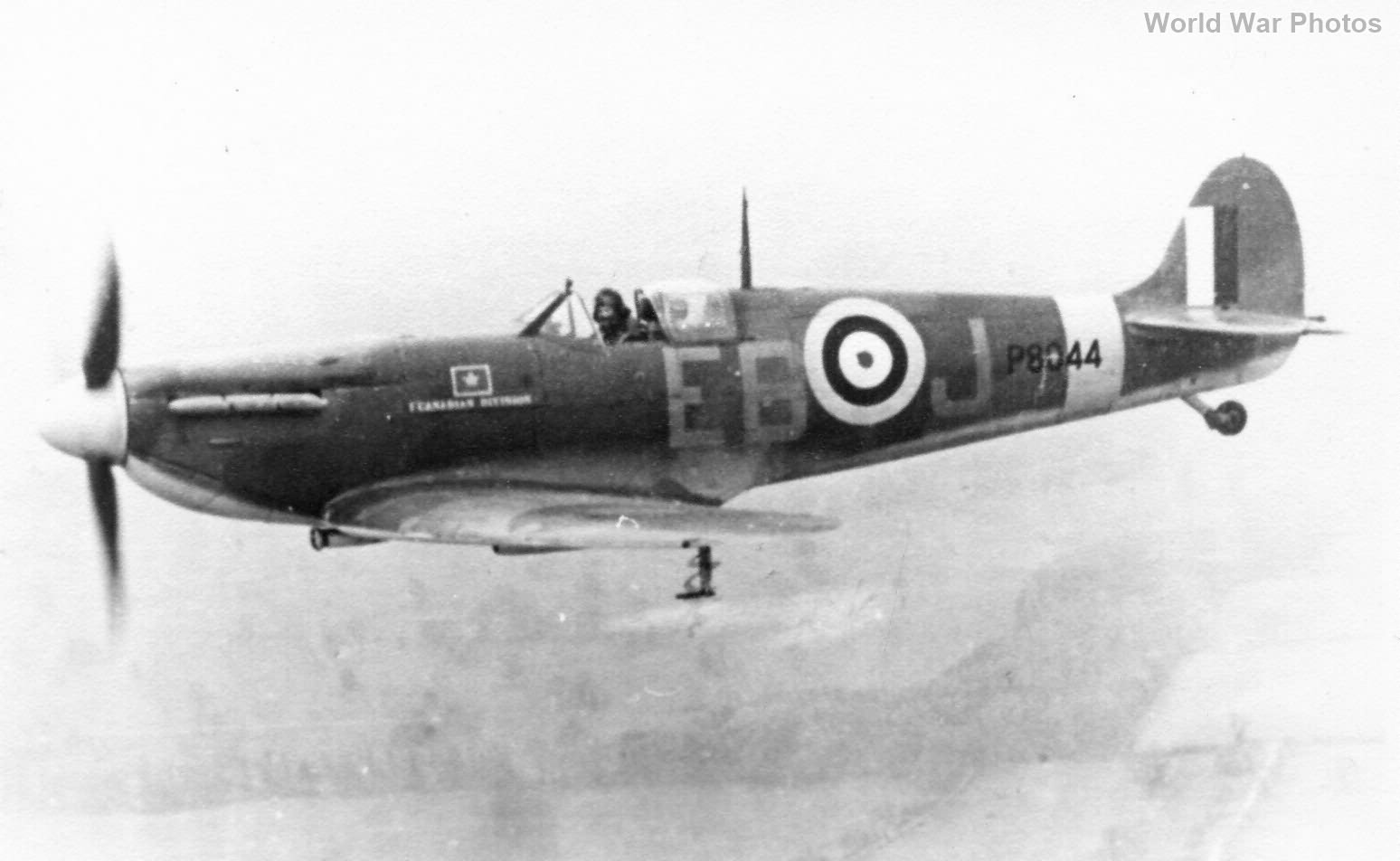The Spitfire Mk II was essentially an upgraded version of the Mk I airframe, distinguished by its Merlin XII engine. This more powerful engine necessitated the new designation, although the aircraft was largely similar to the Mk I in external appearance. One notable difference was the Coffman starter, enclosed in a teardrop-shaped blister on the starboard side of the nose, behind the spinner. The Mk II could be equipped with either the de Havilland spinner, which featured narrow Dural metal blades like the Mk I, or the blunt Rotol spinner with broad Jablo propeller blades made of compressed wood.
Despite early challenges at the Castle Bromwich factory, the Mk II began production in increasing numbers. The first squadron to receive the Mk II was No. 611 Squadron at Digby in August 1940. Subsequently, deliveries were made to squadrons 19, 74, and 266, and a limited number of Mk IIs saw combat toward the end of the Battle of Britain.
Most of the Mk IIs produced were Mk IIas, armed with eight 0.303in machine guns. However, a smaller number were built as Mk IIbs, equipped with two cannons and four machine guns. The Mk IIb variant is relatively rare, and few photographs of it have been published.
One of the Spitfire’s ongoing challenges was its limited range, which stemmed from its restricted fuel capacity. Attempts to increase the fighter’s range began early in its development. For instance, K9791, the fifth production Spitfire, was retained for trials and fitted with mock-up underwing fuel tanks. Another Mk I, P9565, was tested with an asymmetrical external fuel tank under the port wing. However, these early attempts negatively affected performance.
Despite these issues, efforts continued, and some Mk IIas were equipped with a 30-gallon fixed fuel tank under the port wing, designated as LR Mk IIa. These aircraft served with Nos. 66, 118, and 152 Squadrons, allowing the Spitfire to escort bombers deeper into enemy territory. On July 24, 1941, long-range Mk IIs participated in the attack on the German battle cruiser Gneisenau at Brest harbor. However, the pilots were not particularly fond of these long-range modifications due to the impact on the aircraft’s speed and handling. The LR Mk IIs were eventually withdrawn from service in March 1942, and their wing tanks were removed before they were reassigned to the Central Gunnery School for training purposes.
Another variant, the Mk IIc, appeared in 1943 and was used primarily in the air-sea rescue role. In this instance, the suffix “C” did not refer to armament but to its rescue equipment. Powered by the Merlin XX engine, the Mk IIc carried survival and rescue gear behind the pilot’s seat, which could be released through the flare chutes. Despite this added equipment, the aircraft maintained its usual armament and performance.
By March 1941, production of the Mk II began to wind down, making way for the introduction of the Spitfire Mk V, which was initially intended as a stopgap but went on to become the second most produced Spitfire variant after the Mk IX.
